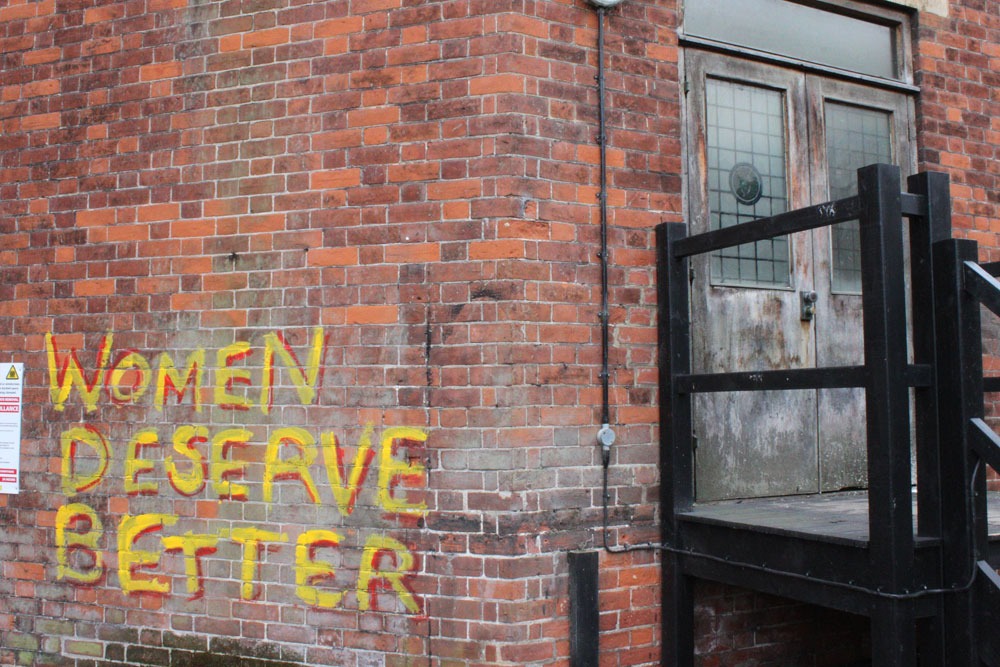
November 20, 2019, Global Newswire
This week, the Foundation for a Just Society, Open Society Foundations, Wellspring Philanthropic Fund, and the William and Flora Hewlett Foundation announced a new joint initiative that will invest $20 million in women’s funds, philanthropic organizations that provide financial support to women-led organizations per the Global Fund for Women, over the next five years. What doesn’t jump out at first read-through is the fact that the planned initiative has the opportunity to serve as a model for changing how foundations support nonprofit infrastructure. The new fund is a multimillion-dollar investment in the internal capacity of the women’s funds they are supporting. That’s right, four funders are putting millions of dollars of their money into overhead costs. The funding will specifically go to staffing, communications, fundraising, and organizational learning.
This type of investment is scarce, to the eternal frustration of nonprofits who need flexible dollars over time to build beyond what is now commonly known as the “nonprofit starvation cycle.” The pace of adoption of the notion of multi-year general operating grants remains rare, and in the case of infrastructure that serves other nonprofits, especially those serving nonprofits that serve marginalized populations, this underfunding has deleterious ripple effects throughout entire fields.
Sign up for our free newsletters
Subscribe to NPQ's newsletters to have our top stories delivered directly to your inbox.
By signing up, you agree to our privacy policy and terms of use, and to receive messages from NPQ and our partners.
The new women’s fund initiative is a double counterexample to these trends, not to mention an investment in the critically underfunded work of organizations serving women and girls. The initiative will provide grants and other support to organizations like Prospera International Network of Women’s Funds, which have a history of successfully supporting women’s rights programs and feminist programs but often receive limited financial support from major bilateral funders and foundations. In announcing the new initiative, the funders highlighted the aim of not only building the capacity of women’s funds so they can better support grassroots programs for women’s rights, but also of raising the profile of women’s funds among other philanthropic organizations.
This is the kind of support that nonprofit advocates have been calling for from funders for many years. If successful, this investment could provide a replicable example of how to build capacity across a wide range of organizations—it turns out the trick may be paying for it—and how to strengthen the nonprofit sector as a whole by investing in partnership and learning among organizations.
Of course, there are a number of potential pitfalls the initiative will have to avoid. Funders have pledged that the initiative will focus on equity, transparency, and inclusion, but the execution will matter a great deal. Funders will have to take steps to ensure that funding does not end up concentrating on the largest funds, or funds with the largest capacity already in place, to avoid perpetuating inequities in funding that particularly impact organizations led by people of color. But if the initiative can successfully navigate these potential challenges and do what it sets out to, it has the potential not only to move the needle on funding for women’s organizations, but to move the needle on how foundations treat organizational capacity building throughout the nonprofit sector.—Ellen Davis













